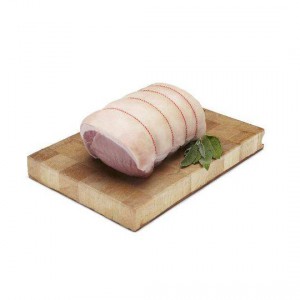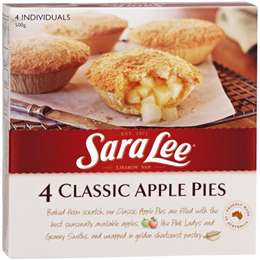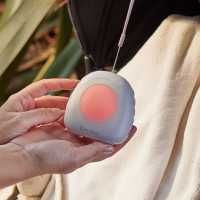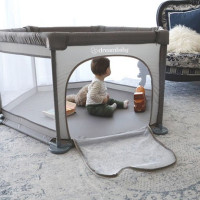One in three women who’ve ever had a baby will wet themselves.
Kate Winslet includes herself in this statistic, recently announcing it somewhat publicly last month on the Graham Norton Show, 33.17 minutes into the show. Even Kris Jenner, matriarch of the Kardashian clan, admits to having incontinence, as reported on news24.com.
There are 4.8 million (one in four) Australian adults with some form of incontinence – a condition more prevalent than asthma (2 million), arthritis (3.1 million) and anxiety disorders (2.3 million). Women make up 80 per cent of Australians affected, with pregnancy and childbirth significant risk factors.
Women, particularly younger women affected by incontinence, are at a higher risk of depression compared to other women, with recent research in Canada backing up a 2013 study conducted by researchers at the University of Adelaide.
Continence Foundation of Australia CEO Rowan Cockerell said that young women were also at risk of incontinence.
“Half of all women with incontinence are under 50, and one in three women who’ve ever had a baby will be affected,” Cockerell said.
She said incontinence should never be ignored or accepted as normal.
“Incontinence has far-reaching impacts and we know it can negatively affect a person’s work, social and sexual relationships. It is associated with depression, particularly in younger women.”
She said that incontinence should never be accepted as normal or inevitable, and should never be ignored.
“Incontinence is entirely preventable and treatable in the majority of cases. The key to preventing or better managing incontinence comes down to protecting and strengthening the pelvic floor and adopting a few healthy lifestyle habits,” she said.
The Continence Foundation recommends these five healthy habits to promote bladder and bowel health:
1. Eat well and include at least 30 g of fibre daily
Eat a balanced, fibre-rich diet and remember, it’s normal to empty your bowel anywhere between three times a week to three times a day. Avoid constipation, which is another major cause of incontinence. (An overfull bowel takes up space in the abdomen and restricts the bladder’s volume capacity, while straining on the toilet stretches and weakens the pelvic floor.)
2. Consume about 1.5 -2 litres of fluid daily, limiting caffeine and fizzy drinks
Drink to satisfy your thirst, not to meet an arbitrary volume. A good indicator is the colour of your urine, which should be straw coloured, and you should only have to urinate between four and six times a day. (If you overfill your bladder you risk accidental leakage, and if you drink insufficient fluids your urine becomes concentrated, which irritates the bladder and causes it to empty more often.
3. Exercise regularly
Aim for about 30 minutes of exercise a day and remember, walking is great exercise. Being overweight is another significant risk factor for incontinence.
4. Keep your pelvic floor toned
Men and women should do their pelvic floor exercises daily. Many people struggle to follow written instructions, so the Continence Foundation of Australia has developed an excellent instructional video with physiotherapist and fitness trainer Shira Kramer (www.continence.org.au/pages/pelvic-floor-women.html)
Speak to a continence nurse or physiotherapist if you’re still not sure how to do them properly, or phone the National Continence Helpline on 1800 33 00 66, who can provide confidential advice and referrals to your nearest continence service.
5. Practise good toilet habits
Empty your bowel when you get a strong urge and avoid ‘holding on’, which risks constipation. Respond as soon as you feel the gastrocolic refIex, which is the mass movement of contents in the bowel that occurs about 20 minutes after a meal, most strongly felt after breakfast.
Another tip; whenever you sit on the toilet, lean forward with your feet supported on a footstool so your knees are higher than your hips, as this straightens out the colon.
The Continence Foundation has produced some excellent, free apps, both downloadable at the App Store or Google Play:
- Pelvic Floor Safe Exercise app has three customised workouts for people of all fitness levels who want to exercise while protecting their pelvic floor.
- Pregnancy Pelvic Floor Plan app for strengthening and toning the pelvic floor safely before, during and after pregnancy.
For more information, confidential advice and to find out more about the many free resources available from the Continence Foundation, including The Pregnancy Guide booklet and the apps, visit continence.org.au or phone the National Continence Helpline on 1800 33 00 66.
Do you strengthen your pelvic floor by doing exercises? Please share in the comments below.
Image courtesy of Shutterstock.com





















7:15 am
4:36 pm
9:37 pm
10:00 pm
-

-
-
-
mom88528 replied
- 01 Mar 2016 , 10:01 am
Reply5:31 pm
11:41 am
-

-
-
-
mom88528 replied
- 25 Feb 2016 , 2:16 pm
Reply7:17 am
-

-
-
-
mom88528 replied
- 24 Feb 2016 , 9:18 am
-

-
-
-
mom134803 replied
- 04 Apr 2016 , 10:57 am
Reply10:30 pm
8:00 pm
5:58 pm
2:24 pm
-

-
-
-
mom88528 replied
- 23 Feb 2016 , 9:33 am
Reply11:59 am
7:55 pm
-

-
-
-
mom88528 replied
- 23 Feb 2016 , 9:36 am
Reply6:22 pm
1:41 pm
- 1
- 2
- »
Post a comment